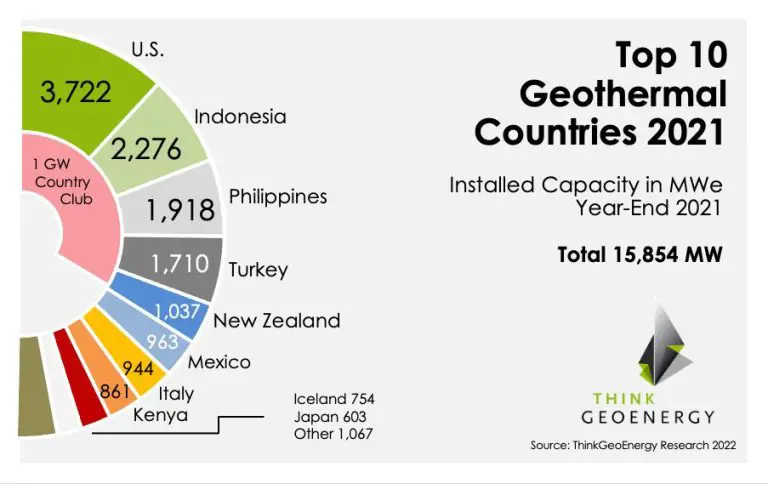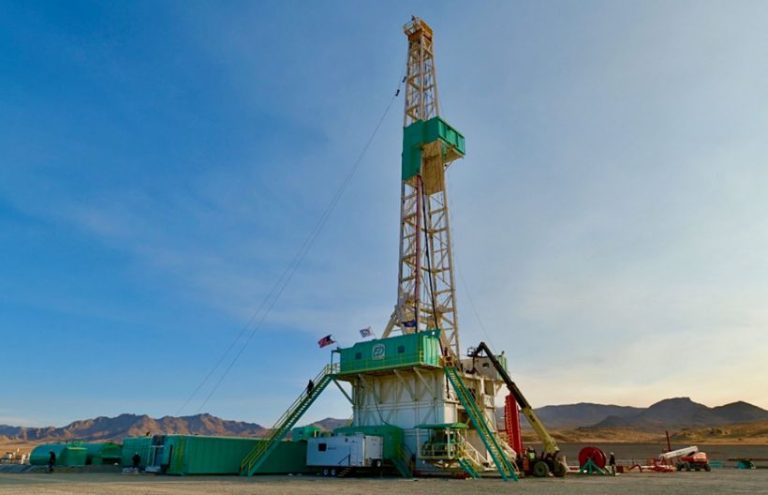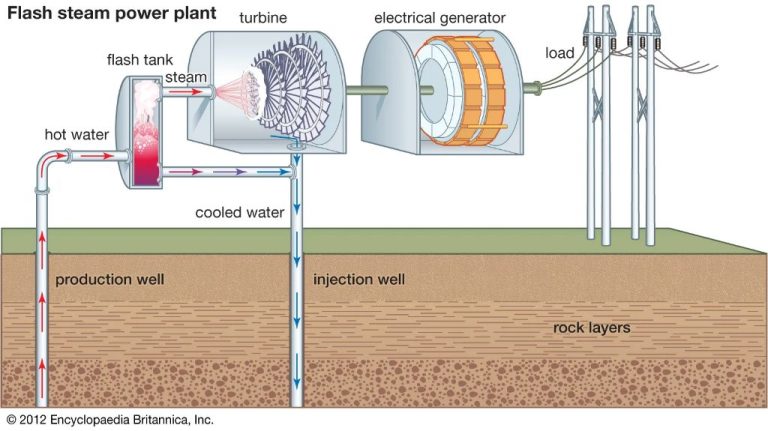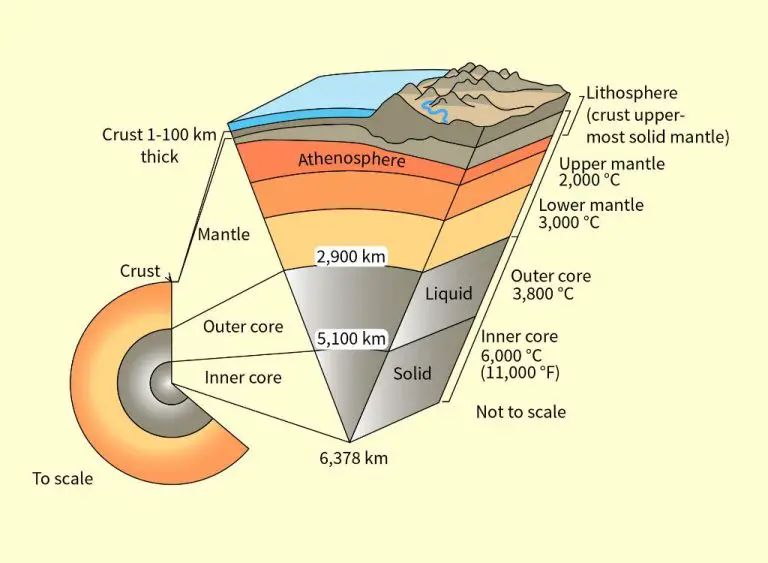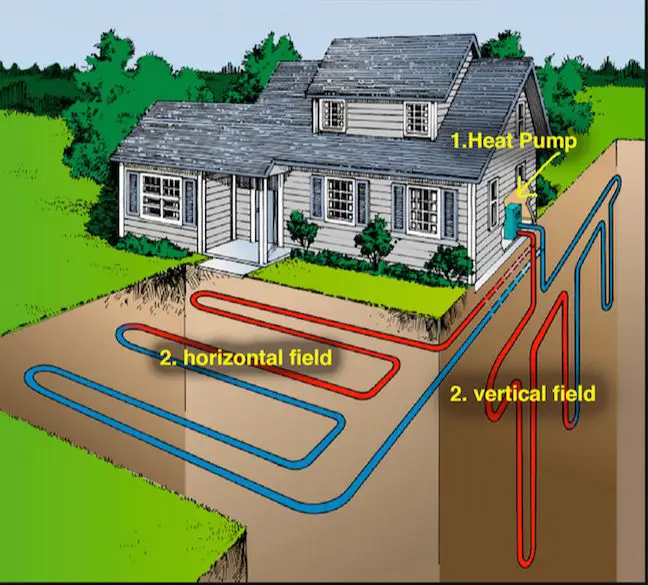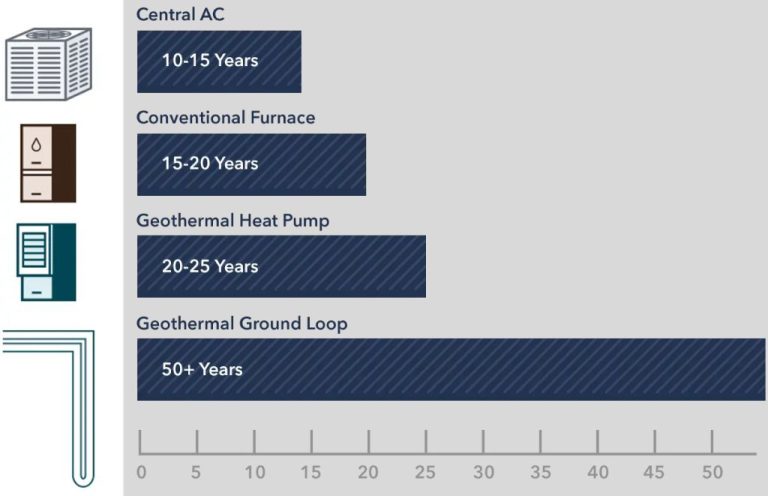What Are The 7 Main Energy Types?
Energy comes in many different forms that can be grouped into 7 main types. Energy is defined as the ability to do work or produce change. The 7 primary types of energy we will cover are chemical energy, electrical energy, radiant energy, nuclear energy, mechanical energy, thermal energy, and sound energy. Each energy type has unique properties and is involved in powering different processes and technologies in our world. In this article, we will provide an overview of these 7 fundamental forms of energy, their characteristics, examples of where they are found, and how they are used. Understanding the basics of the main energy types gives insight into science, nature, and innovations that utilize these diverse energy resources.
Chemical Energy
Chemical energy is one of the main forms of energy, and it is found in food, fuel, and batteries. It provides energy through chemical reactions, where chemical bonds are broken and formed between molecules. Some examples of chemical energy include:
- The energy stored in the bonds of molecules that make up food, like sugars, fats, and proteins. The body breaks these bonds during digestion to release energy.
- The energy stored in gasoline, coal, natural gas, and other fuels. When combusted, their molecular bonds break and release heat energy.
- The energy stored in battery chemicals. Redox reactions between chemicals like lithium ions transfer electrons and provide electricity.
Because chemical energy relies on chemical bonds and reactions, it is an extremely versatile form of energy storage and release. Organisms use it to power life processes, while human technology harnesses it for transportation, electricity, and more. Understanding and utilizing chemical energy is key for powering our modern world.
Electrical Energy
Electrical energy is the movement of electrons through a conductor. It is a secondary energy source produced from the conversion of other sources of energy, like coal, natural gas, oil, nuclear power, and renewable sources. Electrical energy is very versatile and convenient to transmit and use. For this reason, it is the most widely used form of energy in industrialized countries.
Electricity is used to power machines, appliances, and electronics that are essential to our modern way of life. From lighting and heating to communication technologies and transportation, our world runs on electrical energy. It can also be stored in batteries for portable power supplies.
Electricity is usually generated at power plants by electromechanical generators, which convert mechanical energy into electrical energy. The mechanical energy may come from a rotating turbine spun by flowing water, steaming vapor, wind, or burning fuels. The electricity is then distributed through wires and cables to homes, businesses, and industries.
Radiant Energy
Radiant energy is the energy carried by electromagnetic waves. It refers to energy that travels through space and can transfer energy across large distances. The sun is the main source of radiant energy, emitting electromagnetic waves that travel to Earth to provide light, warmth, and allow plant photosynthesis.
There are many forms of radiant energy across the electromagnetic spectrum. These include radio waves, microwaves, infrared radiation, visible light, ultraviolet light, X-rays, and gamma rays. Of these, visible light from the sun is the radiant energy that is most familiar to us. Other types like X-rays and gamma rays have higher frequencies and can be harmful.
Radiant energy travels at the speed of light and does not require a medium like air or water to pass through. This allows sunlight to travel through the vacuum of space to reach Earth. The amount of radiant energy transmitted or absorbed depends on the wavelength, with higher frequency electromagnetic waves often carrying more energy per photon.
Radiant energy is created through phenomena like nuclear reactions within stars and the acceleration of charged particles. It can undergo reflection, refraction, and absorption when interacting with matter. Radiant energy from the sun is essential for plant and photosynthetic organisms to convert it to chemical energy through photosynthesis. It also sustains ecosystems through its transfer of warmth. For humans, solar radiant energy has powered many technologies like solar cells, while radiation is useful for medical x-rays.
Nuclear Energy
Nuclear energy comes from the splitting of atoms in a process called nuclear fission. In this process, the nucleus of a heavy atom like uranium or plutonium is split into two smaller nuclei, releasing a large amount of energy in the form of heat and radiation. The energy released can be used to generate electricity.
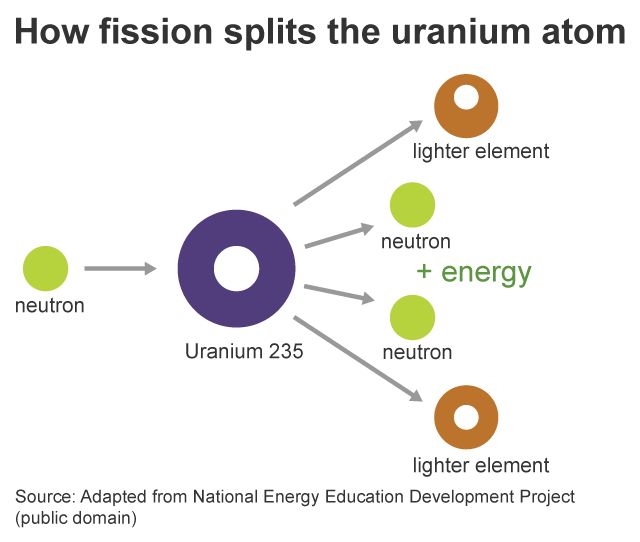
Nuclear energy is produced in nuclear power plants, where nuclear fission reactions are controlled and sustained through a process call a nuclear chain reaction. This reaction splits atoms inside a nuclear reactor. The reactor contains fuel rods made of fissile material like uranium, which absorb neutrons and undergo fission. The heat from this process is used to boil water into steam, which spins a turbine to generate electricity.
Nuclear power plants provide around 10-11% of the world’s electricity. France gets about 75% of its power from nuclear energy. In the US, nuclear energy accounts for about 20% of electrical generation. Nuclear power produces huge amounts of energy from small amounts of fuel and does not directly emit greenhouse gases. However, it does raise concerns about radioactive waste and safety.
Mechanical Energy
Mechanical energy is the energy of motion and position. It is the energy present in objects due to their motion and position. Mechanical energy can be kinetic energy (energy of motion) or potential energy (energy of position).
For example, a bouncing ball has mechanical energy. The kinetic energy it has when moving is mechanical energy. When the ball is held above the ground, it has potential energy due to gravity pulling it down. This stored energy of position is also mechanical energy.
Other examples of mechanical energy include the energy stored in coiled springs and the energy of moving objects like cars, planes, flowing water, and vibrating molecules. The faster an object moves, the more kinetic mechanical energy it has. The higher an object is raised, the more potential mechanical energy it gains.
Mechanical energy is important in many machines and devices. For example, windmills transform the kinetic energy of wind into mechanical energy to grind grain. Hydropower plants change the mechanical energy of falling water into electricity.
Mechanical energy can be transformed into other forms of energy like electrical energy, heat, or light. But the total mechanical energy remains constant, following the law of conservation of energy. Understanding mechanical energy is key to designing and improving mechanical devices.
Thermal Energy
Thermal energy refers to the internal energy present in substances due to the motion and interactions of molecules and atoms. It is often referred to as heat energy. Thermal energy results in the temperature of matter. The higher the temperature, the greater the internal thermal energy and more active the molecular motion.
Thermal energy can be transferred between objects and systems through processes like conduction, convection, and radiation. For example, when you boil water, you’re using a stove to transfer thermal energy into the pot, increasing the internal energy and temperature of the water. The thermal energy flows from the hot stove into the cooler water until they reach the same temperature.
Understanding thermal energy is crucial as it plays a role in thermodynamics, heat transfer, and many industrial and technological applications. Thermal energy is considered a kinetic and disordered form of energy, as opposed to potential energy. It’s an important energy type that powers many essential systems on Earth.
Sound Energy
Sound energy is the energy carried by sound waves. It is a form of mechanical energy since sound waves are mechanical vibrations that travel through mediums like air, water or solids.
Sound is created when an object vibrates. The vibrating object causes the particles in the surrounding medium to vibrate as well, creating sound waves. These waves carry energy away from the source of the vibration. For example, when a guitar string vibrates, it causes the surrounding air molecules to vibrate, creating sound waves that travel outward carrying sound energy.
The amount of energy in a sound wave depends on its amplitude (loudness) and frequency (pitch). Larger amplitude and higher frequency mean more sound energy. As sound travels through a medium, some of the energy is absorbed and dissipated as heat, causing the sound to decrease in volume the farther it gets from the source.
Sound energy has many everyday applications. It allows us to communicate through speech and music. Devices like sonar use sound waves to detect objects underwater. Noise cancellation technology uses destructive interference of sound waves to cancel out unwanted sounds.
Elastic Energy
Elastic energy is the mechanical potential energy stored in the configuration of a material as work is done to distort its shape or volume. This energy is stored in the bonds between atoms as they are stretched or compressed. Elastic energy can be found in springy materials like rubber bands, bungee cords, stretched springs, bent poles, compressed gas, etc. These objects can return to their original shape once the distorting forces are removed, releasing their stored elastic energy. Some examples of elastic energy in action include slingshots, trampolines, bows and arrows. The amount of elastic energy stored depends on the object’s material, shape, and how much it is compressed or stretched from its relaxed state. This energy can be harnessed to do work, like launching projectiles or propelling jumpers upwards. Overall, elastic energy is a versatile form of potential energy present in deformed objects waiting to snap back into their original forms.
Conclusion
The 7 main energy types discussed are essential forms of energy that power our world. A quick recap:
- Chemical energy is energy stored in the bonds between atoms and molecules. It is the energy that allows living organisms to move and function.
- Electrical energy is the movement of electrons. This energy allows us to transmit power over distances and operate electrical devices.
- Radiant energy is electromagnetic energy that travels as waves, such as visible light, infrared, ultraviolet, radio waves, and X-rays.
- Nuclear energy is the energy stored within the nucleus of an atom. It can be harnessed in nuclear power plants.
- Mechanical energy is the energy of movement and work. Examples are the motion of ocean waves and the energy of a moving object.
- Thermal energy is the internal energy of substances from the motion of atoms and molecules. Heat is the transfer of thermal energy.
- Sound energy is the energy carried by sound waves. It allows us to hear and produce sound.
- Elastic energy is the potential energy stored in elastic materials when they are stretched or compressed.
Understanding the different forms energy takes is key to harnessing energy efficiently to power human civilization.

